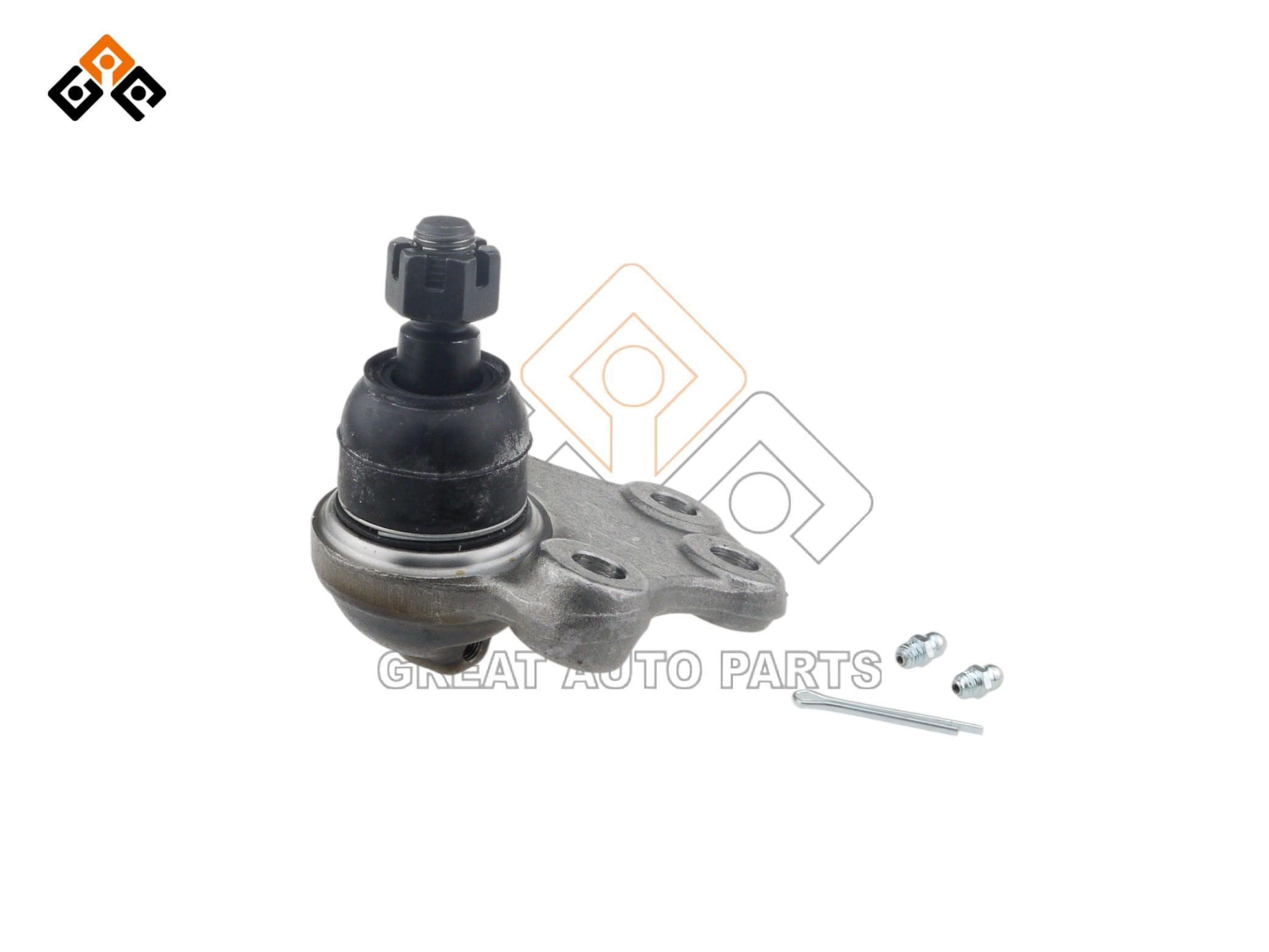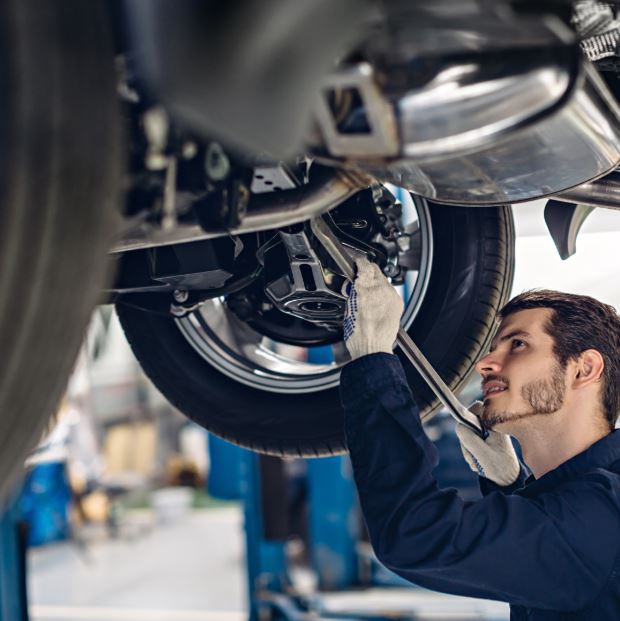Difficulty in Steering? It’s Time to Replace The Ball Joints
Understanding Suspension Ball Joints
Suspension ball joints, comprised of a ball stud and housing, are critical components within your vehicle’s suspension system. They play a vital role in maintaining correct tire alignment and ensuring a smooth driving experience. The ball stud, similar to a miniature spherical bearing, fits securely within a socket in the housing. This design allows for multi-directional movement, enabling the controlled articulation of the suspension components as the vehicle navigates bumps, potholes, and turns. Typically, ball joints are installed at the connection points between control arms and steering knuckles or hubs, facilitating the seamless transfer of motion and forces between these parts. When it comes time for replacement, a specialized ball joint removal tool is often necessary to safely and efficiently detach the old component.You can learn more about suspension systems on websites like MOOG Parts, CTR Korea.

The Components of a Joint in Suspension
Ball Stud
This central part essentially allows the wheel to rotate freely in multiple directions, much like a human hip joint. Furthermore, this crucial design ensures optimal vehicle handling.
Link Ball (Housing)
This component typically connects to the control arm, and is usually secured by pressing in or bolting.
Bearing Stud
This part connects to the wheel side, consequently, it allows the component to link with the wheel hub.
Seals
These seals crucially protect the interior of the ball joint from dust and moisture.
Lubricant
The lubricant ensures smooth movement of the ball joint thereby significantly reducing wear.
These components work together to ensure that the wheels maintain correct positioning while driving and can adapt to the unevenness of the road.
Upper vs. Lower Suspension Joints: a Comparison
| Feature | Upper Ball Joints | Lower Ball Joints |
| Location | Attached to upper control arm | Attached to lower control arm |
| Function | Control vertical movement | Support vehicle weight and maintain alignment |
| Weight Distribution | Handle less weight | Bear more weight |
| Wear | Typically experience less wear | Subject to more wear |
| Adjustment | Often adjustable for camber/caster | Usually not adjustable |
| Size | Generally smaller | Larger in size |
| Maintenance | May require less frequent checks | More prone to wear; regular checks recommended |
Just as different hinges suit various doors, cars utilize distinct designs for these crucial suspension pivots. Upper suspension joints, like the shoulders of a gymnast, manage vertical movement, while lower suspension joints, similar to hip joints, support the vehicle’s weight and maintain alignment, ensuring your car’s “legs” remain strong and aligned during travel.
Common Symptoms of Worn or Faulty Ball Joints
Clunking or Knocking Sounds
Specifically, Hearing these noises when driving over bumps or turning could indicate worn suspension joints.
Vibrations
Deteriorated components can thus cause vibrations in the steering wheel or the vehicle’s undercarriage.
Uneven Tire Wear
Issues with these steering components can consequently lead to irregular tire wear, potentially requiring premature tire replacement.
Unstable Driving
For instance, If your vehicle feels unstable or drifts, it could be a sign of worn suspension pivots.
Poor Handling
Worn ball joints can thus result in poor handling, making vehicle control difficult, especially at high speeds or during sharp turns.
Stiff Steering
Difficulty turning the steering wheel could therefore be a symptom of worn suspension pivot points.
Therefore, If you notice any of these symptoms, prompt inspection of your ball joints by a qualified technician is crucial. Ignoring worn suspension joints, after all, can lead to more severe suspension system problems and compromise your vehicle’s safety.
Addressing Issues with Suspension Joints: Recommendations
Seek Professional Assistance Immediately
If you hear unusual noises or experience instability, It’s crucial to have a professional inspect your ball joint promptly. Only then can they can accurately assess the condition and perform necessary repairs or replacements, providing you with an accurate ball joint replacement cost.
Regularly Inspect the Suspension System
To maintain optimal performance, periodically check your suspension components, including the ball joints, for signs of wear or damage. Subsequently, address any issues found by repairing or replacing damaged parts promptly.
Mind Your Driving Habits
To extend autoparts life, gentle driving can reduce stress on the suspension system and ball joints. Therefore, avoid harsh impacts or aggressive turns to minimize wear.
Periodically Inspect Tires
To begin with, regularly check your tires for wear and ensure even patterns. Notably, uneven wear can sometimes indicate ball joint problems. Therefore, inspect and repair any damaged suspension joints before replacing tires.
Use High-Quality Ball Joints
When replacement is necessary, always choose high-quality ball joints to enhance their lifespan and performance. Specifically, ensure you use premium parts that meet the vehicle manufacturer’s recommended specifications. You can often find quality parts at reputable auto parts stores.
Conclusion
Ultimately, addressing even minor wear on suspension components promptly is essential for the proper functioning of your suspension system and your safety as a driver. Therefore, always rely on the advice of professional technicians and maintain regular vehicle maintenance to keep your suspension system in good condition.
